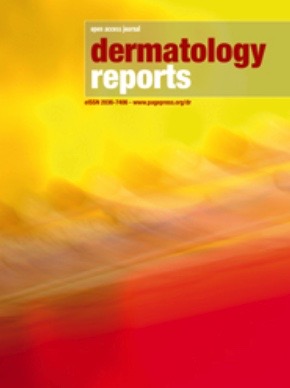Analysis of pediatric outpatient visits uncovers disparities in molluscum contagiosum treatment across medical specialties in the United States
All claims expressed in this article are solely those of the authors and do not necessarily represent those of their affiliated organizations, or those of the publisher, the editors and the reviewers. Any product that may be evaluated in this article or claim that may be made by its manufacturer is not guaranteed or endorsed by the publisher.
Authors
Molluscum contagiosum (MC) is a common viral infection that affects the skin of children. In this study, treatment regimens and demographic information for MC patients across US medical specialties were compared. We discovered an average of 471,383 pediatric MC visits annually using the National Ambulatory Medical Care Survey database from 2000 to 2016. Non-Hispanics (82.9%) and Caucasians (91.0%) made up the majority of the visitors. The majority of cases were handled by pediatricians (46.5%), family medicine doctors (10.6%), and dermatologists (36.7%). Compared to pediatricians, dermatologists saw a higher percentage of Caucasian patients (95% vs.84%) and patients with private insurance (83% vs. 73%). Patients were more likely to see family medicine doctors (55.0%) in non-metropolitan areas than pediatricians (26.4%) or dermatologists (16.3%). Dermatologists were less likely than pediatricians (38%) to favor spontaneous resolution (70%). Dermatologists favored terpenoids (20%), imiquimod (12%), and curettage (10%), while pediatricians primarily used terpenoids (12%), steroids (4%), and imiquimod (4%). The majority of MC cases are managed by pediatricians; however, treatment approaches deviate markedly from recommended best practices.
How to Cite

This work is licensed under a Creative Commons Attribution-NonCommercial 4.0 International License.








